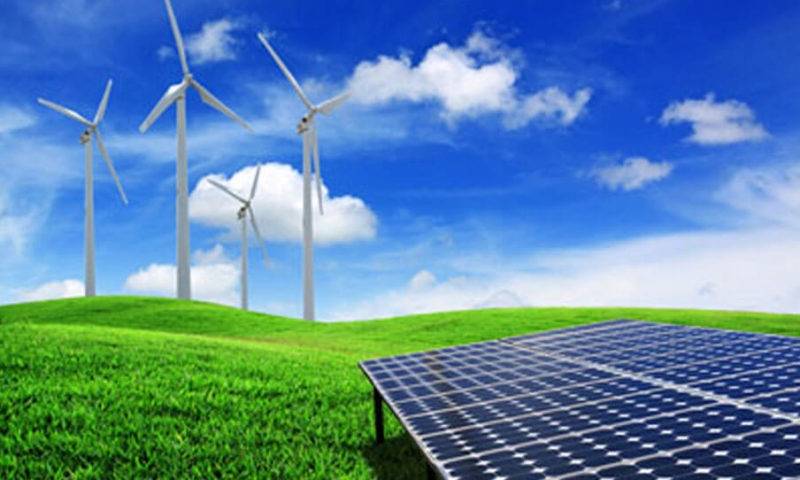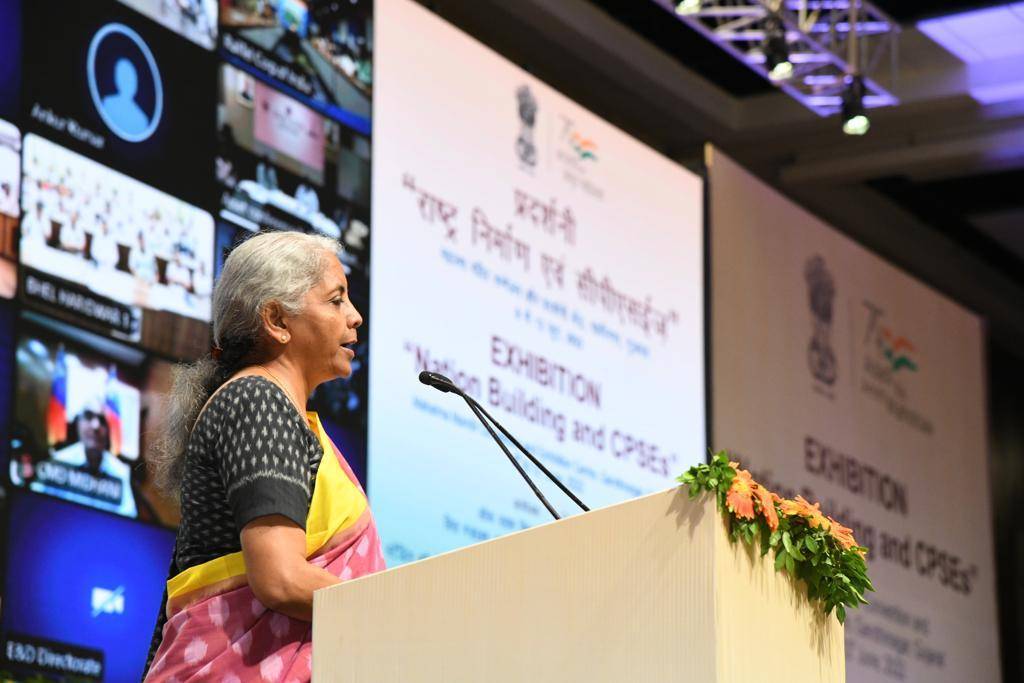The largest deal was SB Energy’s exit from the Indian renewables sector with a sale of assets worth $3.5 billion to Adani Green Energy Limited (AGEL)…reports Asian Lite News
Investment in renewable energy in India reached a record $14.5 billion in the last fiscal (2021-22), an increase of 125 per cent compared to FY2020-21 and 72 per cent over the pre-pandemic FY2019-20, a new report by the Institute for Energy Economics and Financial Analysis (IEEFA) said on Thursday.
“The surge in renewables investment comes on the back of the revival of electricity demand after the Covid-19 lull and commitments by corporations and financial institutions to net-zero emissions and to exit fossil fuels,” said the report’s author Vibhuti Garg, Energy Economist and Lead India, IEEFA.
“After falling by 24 per cent from $8.4 billion in FY2019-20 to $6.4 billion in FY2020-21 when the pandemic curbed electricity demand, investment in renewable energy has made a strong comeback,” Garg added.
The report highlights the key investment deals made during FY2021-22. It finds the majority of the money flowed through acquisitions, which accounted for 42 per cent of the total investment in FY2021-22. Most other big deals were packaged as bonds, debt equity investment and mezzanine funding.

The largest deal was SB Energy’s exit from the Indian renewables sector with a sale of assets worth $3.5 billion to Adani Green Energy Limited (AGEL).
The other key deals included Reliance New Energy Solar’s acquisition of REC Solar holding assets and a host of companies like Vector Green, AGEL, ReNew Power, Indian Railway Finance Corporation and Azure Power, raising money in the bonds market.
India added 15.5 gigawatt (GW) of renewable energy capacity in FY2021-22, which brought the total installed renewable capacity (excluding large hydro) to 110 GW as of March 2022 — a long way off the target of 175 GW of renewable energy capacity by the end of this year.
Even with the surge in investment, renewable capacity will have to expand at a much faster rate to reach the target of 450 GW by 2030, Garg told IANS.
“The Indian renewable energy sector needs about $30-$40 billion annually to meet the 450 GW target. This would require a more than doubling of the current level of investment,” she said.
Rapid growth in renewable energy capacity will be needed to meet India’s increasing electricity demand. To move to a sustainable pathway and reduce reliance on expensive fossil fuel imports, Garg said the government needs to act as an enabler by rolling out big bang’ policies and reforms to accelerate the deployment of renewable energy.
“This means not only increasing investment in wind and solar power capacity, but also in creating an entire ecosystem around renewable energy,” she said.
“Investment is needed in flexible generation sources such as battery storage and pumped hydro; expansion of transmission and distribution networks; modernisation and digitalisation of the grid; domestic manufacturing of modules, cells, wafers and electrolysers; promoting electric vehicles; and promoting more decentralised renewable energy such as rooftop solar,” Garg added.













